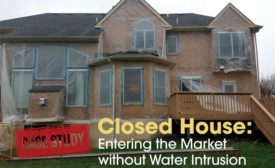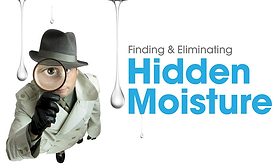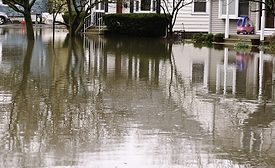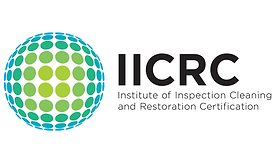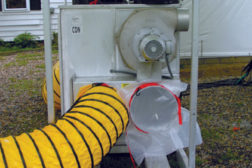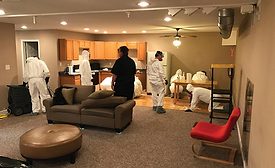Water Damage Restoration
Special Section: R&R 10th Anniversary Issue
Restoration Thought Leader Letters
July 10, 2017
CoreLogic Storm Surge Analysis Identifies Nearly 6.9 Million US Homes at Risk of Hurricane Storm Surge Damage in 2017
Total Reconstruction Cost Value for All Homes is More Than $1.5 Trillion
June 12, 2017
National Flood Program Requirements for Flood Damage Estimates
Estimating damages after the deluge.
Read More
What You Need to Know About Desiccant Drying
Restoration desiccants dehumidify the air by exposing the humid air to a desiccant material that adsorbs moisture
Read More
B-Air Makes Announcement to "Shake Up" Water Damage Restoration Industry
Drying equipment now available at big box store.
Read More
Stay ahead of the curve with our eNewsletters.
Get the latest industry updates tailored your way.
JOIN TODAY!Copyright ©2024. All Rights Reserved BNP Media.
Design, CMS, Hosting & Web Development :: ePublishing
